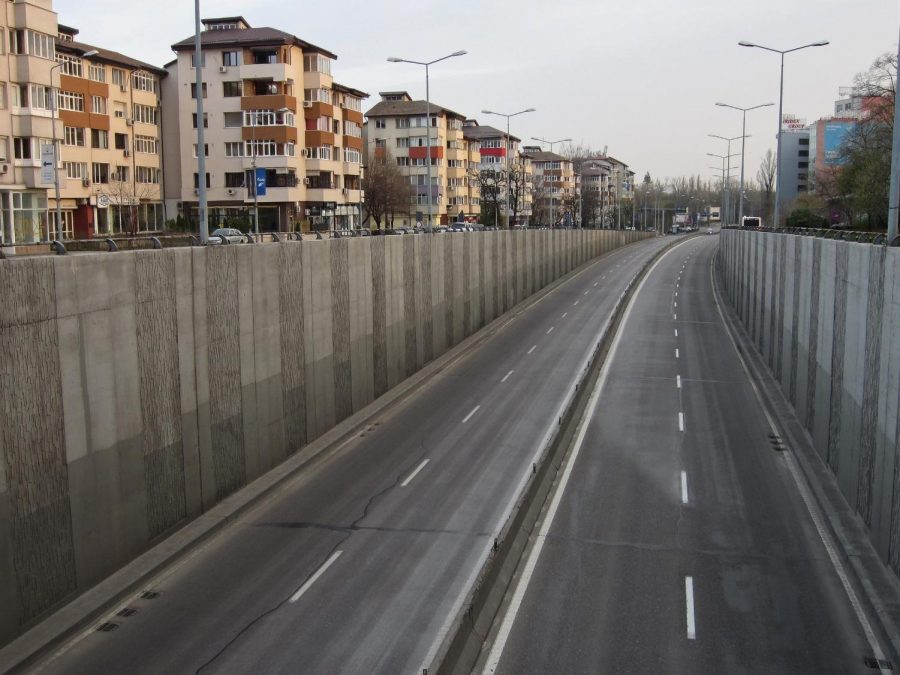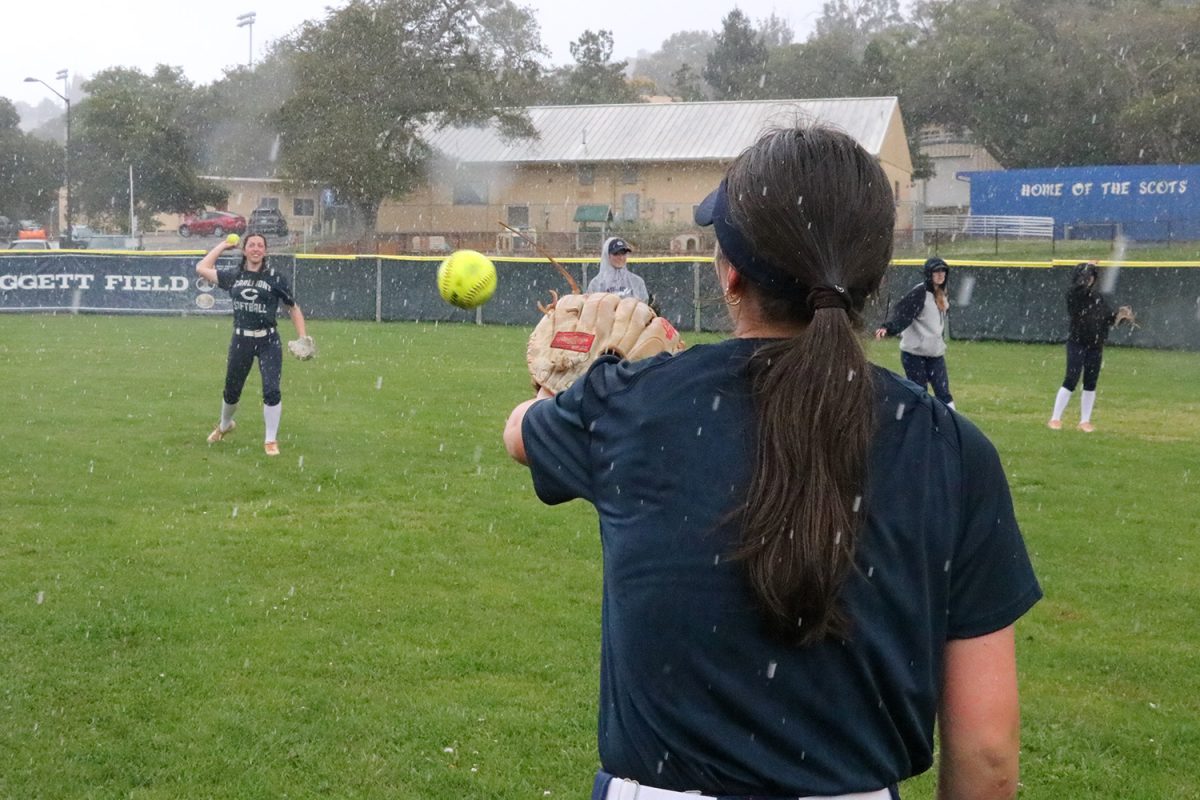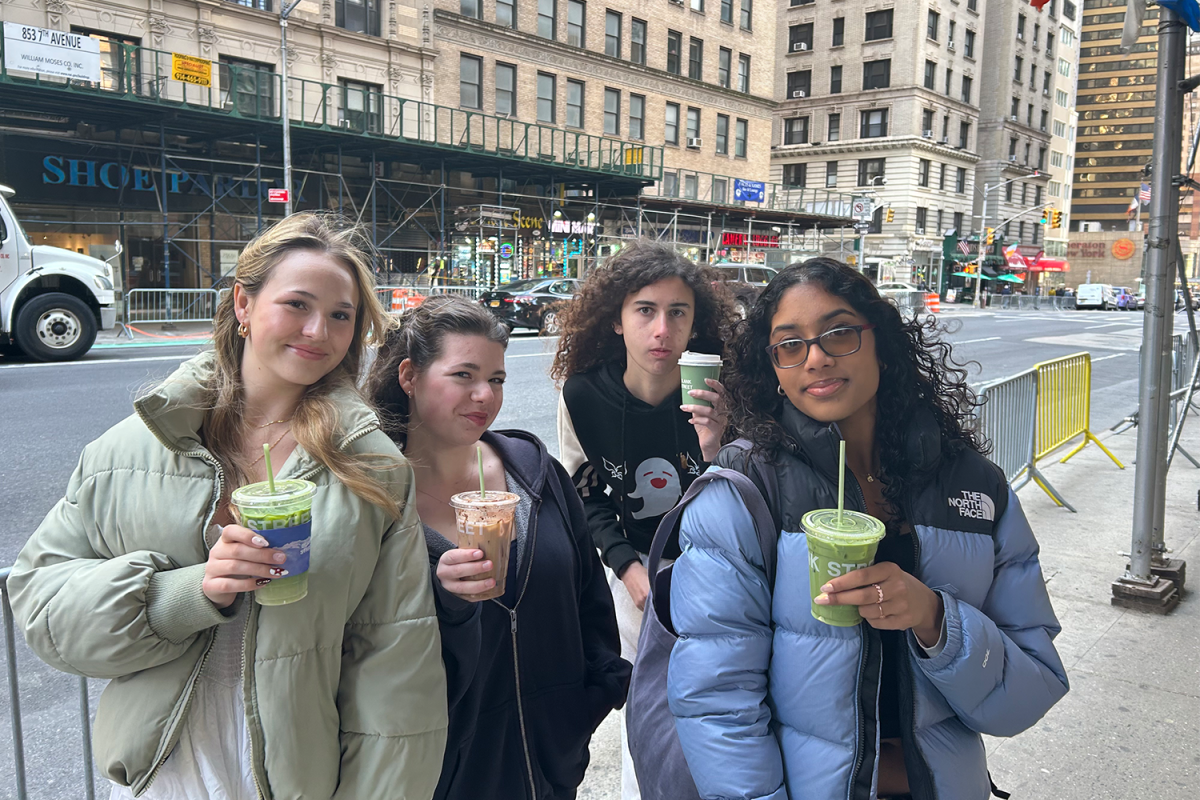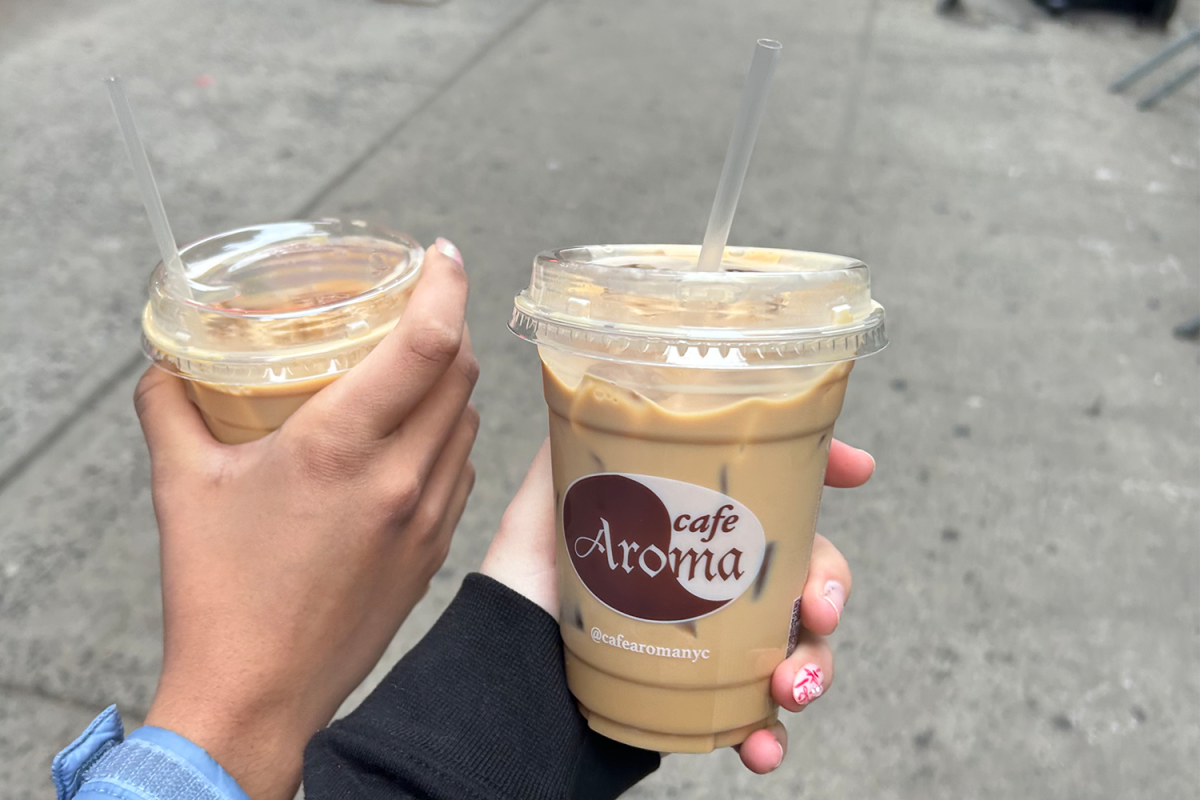Downtown San Carlos is a ghost town.
San Francisco parks, once bustling with tourists, are eerily quiet.
Not a single swimmer can be spotted at Venice beach.
Few cars pass over the Bay Bridge.
Since the official shelter-in-place order, life has changed significantly for Californians, and data shows the state has done an exceptional job adjusting to these changes. According to Unacast’s Social Distancing Scoreboard, California has seen a decrease in distance traveled by people of more than 40% since the coronavirus outbreak was first confirmed in the United States.
Unacast is a New York Technology company that developed the scoreboard earlier last week. It compares the movement of people throughout each county before and after the coronavirus outbreak and is built off human mobility data collected from smartphones.
Unacast saw an opportunity to be of service to the community when coronavirus hit the United States.
“Something we’re really good at as a company is understanding social behavior, and our goal was to create awareness around what social distancing policies and guidelines are working, and which ones are not,” said Thomas Walle, CEO and co-founder of Unacast.
Overall, California received high marks for reducing movement. On the Unacast scale, it was deemed an “A grade.”
However, the data varied significantly throughout California counties. Some like Lassen County barely reduced travel (a less than 10% decrease), while others, such as San Mateo County, reduced travel by more than 60%.
This largely has to do with location. People generally feel less-at-risk in sparsely populated areas such as Lassen, and therefore, may choose to ignore the suggestion to stay at home.
Additionally, Unacast found that the more coronavirus cases confirmed in an area, the greater the decrease in the average distance traveled.
“I think the minute it becomes more real by saying, ‘Hey, we have three cases of coronavirus,’ you’re going to see a lot less people moving around,” said Greg Avilla, Tehama County’s former supervisor, in an interview with SacBee.
As COVID-19 continues to spread, it becomes more and more important to practice social distancing. This means avoiding direct contact with people or objects in public places to help slow the spread of disease.
“[Social distancing] has affected my daily life significantly. It’s hard not seeing my friends every day, and it’s challenging to stay on top of school. However, I know that it’s important to keep up social distancing for the safety of everyone.” said Nikita Yentus, a sophomore at Carlmont.
Although it may be challenging, social distancing and travel reduction can increase the chances of keeping loved ones healthy and flattening the curve in the long run, making it ultimately worth the cost.













